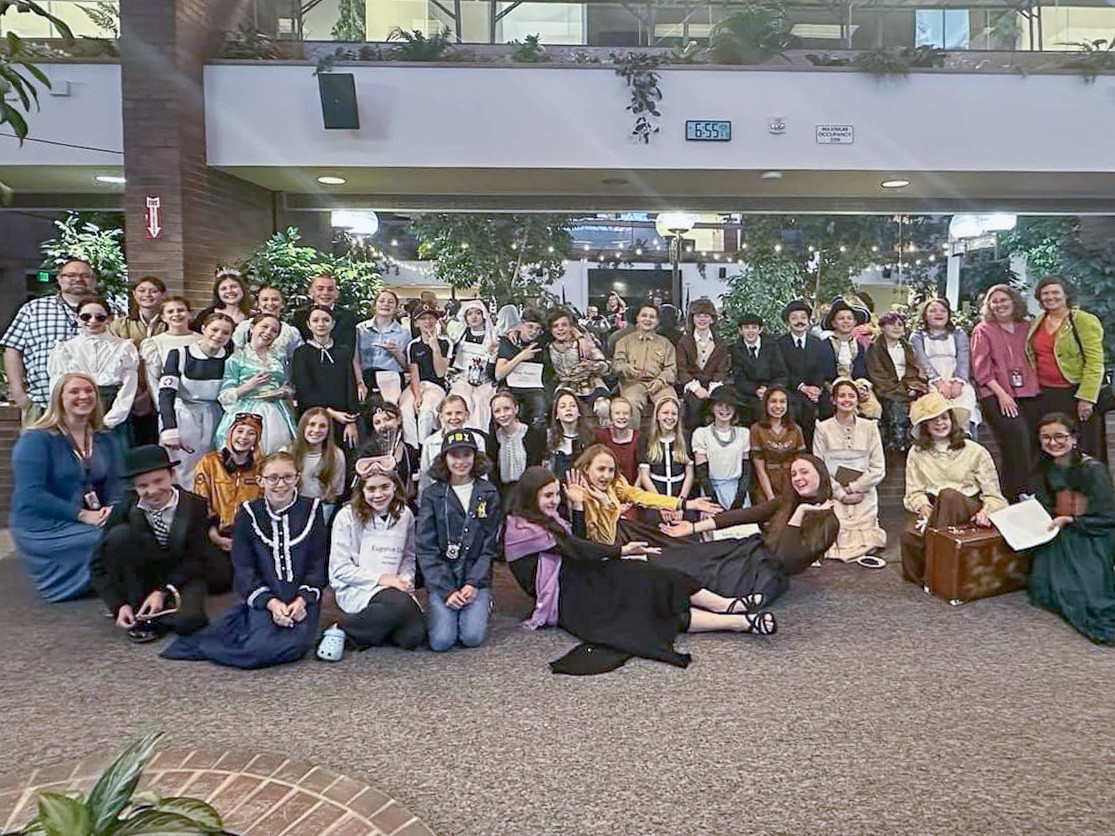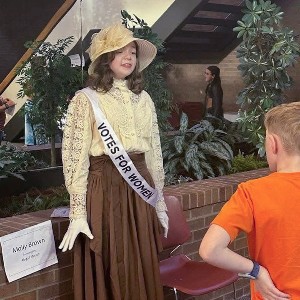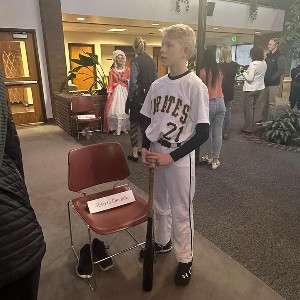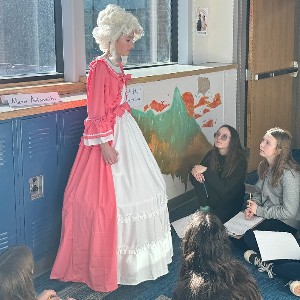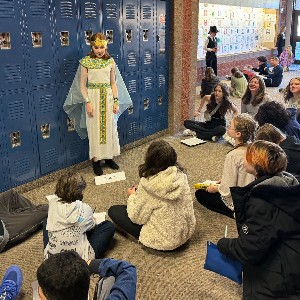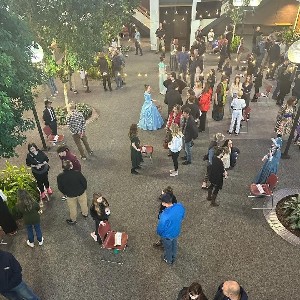How it Works
Choice of Historical Figures: Students select inspiring historical figures they want to learn more about. This could be anyone who made a significant impact in history.
Research and Development: Once they've chosen their figure, students dive into research to understand the person’s life, achievements, values, and personality. This helps them build an in-depth understanding of the character they will portray.
Monologue Creation: After gathering research, students craft 5-7 minute monologues where they present the life and values of the person they’re portraying. This is a key part of the learning, as it allows students to explore both the historical aspects and emotional depth of their subject.
Performance: The students then perform their monologues in front of their peers, a Young Chautauqua coach, and a live audience. This provides an opportunity for public speaking and storytelling, helping students develop confidence and communication skills.
Q&A Sessions: After the performance, the students are asked questions—both as the historical figure they portrayed and as themselves (the researchers). This helps them demonstrate their understanding and encourages critical thinking.
Key Features
Interdisciplinary Learning: The program blends history, language arts, and performing arts, encouraging students to think critically and express creatively.
Real-World Application: Students don’t just learn about history in a textbook; they actively engage with it by portraying a historical figure.
Public Speaking and Storytelling: Students build their confidence through performing in front of an audience and answering questions in character.
Overall, the program is designed to immerse students in a unique, interactive learning process that fosters research skills, empathy, creativity, and public speaking. It provides them with a deeper connection to history by asking them to bring it to life in an engaging way.
